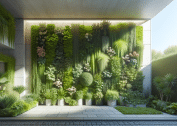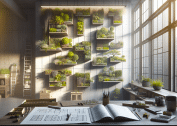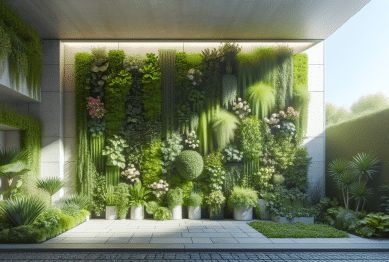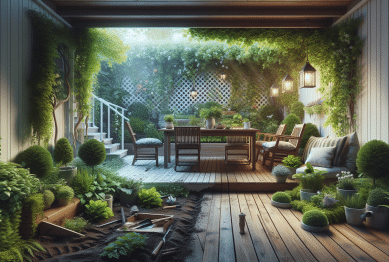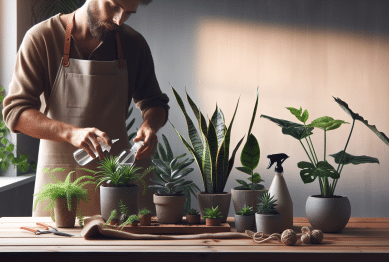In 2025, the conversation about sustainable housing is shifting from simply “doing less harm” to actively restoring the environment. This evolution is embodied in Regenerative Passive Cooling Homes, which combine advanced low-energy cooling techniques with regenerative architecture principles. These homes don’t just reduce carbon footprints—they actively support ecological health, conserve energy, and improve indoor comfort.
From 3D-printed cooling bricks that lower temperatures naturally, to living facades that clean the air, the trend toward regenerative passive cooling is gaining ground among architects, homebuilders, and eco-conscious homeowners alike. This approach is timely: rising global temperatures and increasing energy costs are driving demand for homes that are not only sustainable but also resilient, efficient, and restorative.
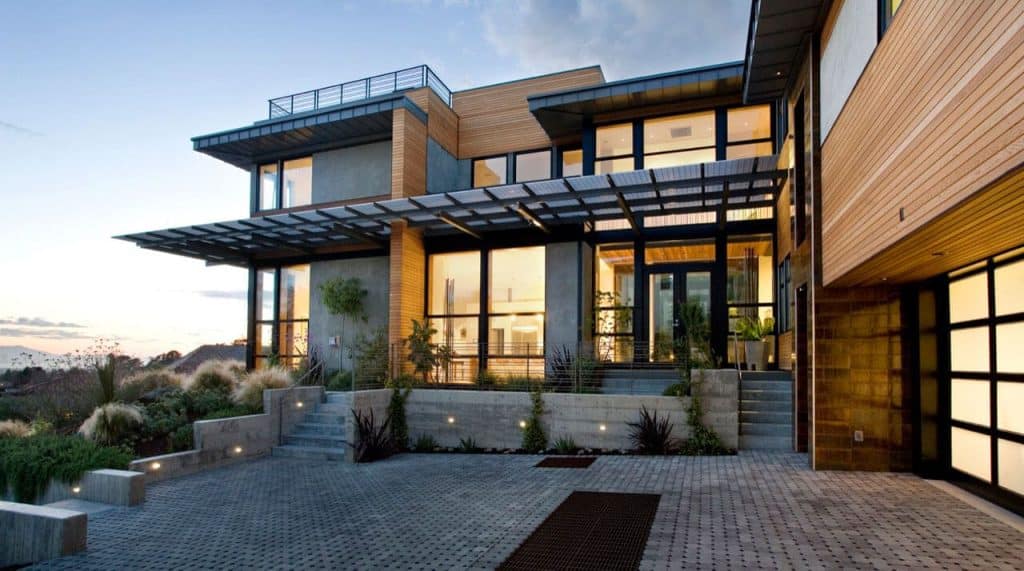
1. What Makes a Home Regenerative vs. Sustainable?
While sustainable homes aim to minimize environmental impact, regenerative homes aim to leave the environment in a better state than before. Think of it as the difference between not cutting down more trees and actively planting new forests.
Key characteristics of regenerative design include:
- Ecological restoration – Building in a way that supports biodiversity, soil health, and water quality.
- Place-based design – Tailoring building solutions to local climate, ecology, and culture.
- Net-positive energy and water systems – Producing more clean energy or clean water than consumed.
This regenerative mindset reframes home design as a co-creative process with nature, instead of merely reducing harm.
2. Passive Cooling: Rethinking How We Keep Homes Comfortable
Cooling has historically been energy-intensive, relying on electricity-hungry air conditioning. Passive cooling offers a low-energy alternative by using architectural design to manage heat naturally.
2.1 Cool Bricks and Evaporative Design
One innovation making waves is the 3D-printed Cool Brick. Made from porous ceramic, each brick absorbs water and cools the surrounding air as it evaporates—similar to how clay water jugs keep liquids cool in hot climates. This method requires no electricity and works best in dry regions.
2.2 Thermal Mass and Cross-Ventilation
Passive cooling also uses thermal mass—materials like stone or concrete that absorb heat during the day and release it at night. Paired with cross-ventilation, where windows are strategically placed to allow airflow, this reduces reliance on mechanical cooling.
3. Living Walls, Green Roofs, and Biophilic Passive Strategies
Biophilic design, which integrates natural elements into built environments, is another cornerstone of Regenerative Passive Cooling Homes.
- Green roofs provide insulation, reduce heat absorption, and manage rainwater.
- Living walls act as natural air filters while shading exterior walls.
- Shaded courtyards can create microclimates, cooling air before it enters living spaces.
These elements also help combat the urban heat island effect, where cities trap heat due to dense infrastructure.
4. Bio-Based & Biodesign Materials: Beyond Concrete and Steel
Switching to bio-based materials dramatically reduces embodied carbon in construction. Materials like hempcrete, straw bales, bamboo, and flax are renewable, locally available in many regions, and naturally insulating.
Biodesign innovations push this further by using living organisms in construction:
- Mycelium bricks that grow into shape and biodegrade at the end of their lifecycle.
- Algae facades that generate biomass while regulating heat.
- Clay-based 3D printing like the Tecla house in Italy, built entirely from local earth).
These materials fit naturally into Regenerative Passive Cooling Homes, as they store less heat than concrete, help regulate humidity, and often require less energy to produce.
5. Passive House Principles and Energy Storage
The Passive House standard, though not new, is influencing many 2025 builds. It emphasizes:
- Airtight building envelopes to prevent heat loss or gain.
- Continuous insulation to keep indoor temperature stable.
- Mechanical ventilation with heat recovery to maintain air quality without wasting energy.
Pairing these with on-site energy storage—like battery systems connected to solar panels—allows homes to maintain cooling even during power outages.
6. Market Demand: Eco-Smart, Comfortable, and Resilient
A 2025 market analysis shows buyers are increasingly seeking homes that integrate energy efficiency, eco-friendly materials, and smart technology. Architects are also designing with low embodied energy materials and wellness features in mind.
Why?
- Rising energy bills.
- Greater climate awareness.
- A desire for healthier living environments.
This means Regenerative Passive Cooling Homes are no longer niche—they’re a competitive advantage in real estate.
7. How to Design Your Own Regenerative Passive Cooling Home
Step 1: Analyze Climate and Site Conditions
Every strategy—whether it’s Cool Bricks, green roofs, or thermal mass—depends on your local climate.
Step 2: Use Regenerative Materials
Opt for fast-growing renewables like hemp or bamboo, and explore emerging options like mycelium insulation or algae panels.
Step 3: Prioritize Passive Cooling Elements
Incorporate:
- Shaded windows
- High thermal mass walls
- Cool Bricks or evaporative courtyards
Step 4: Integrate Biophilic Features
Position living walls for shading, add indoor plants for air quality, and design window placements for optimal daylight.
Step 5: Add Renewable Energy and Storage
Solar with battery storage keeps your home comfortable during outages and reduces dependency on the grid.
Step 6: Think Long-Term Maintenance
Choose systems and materials that are durable, repairable, and adaptable over decades.
8. Why These Homes Matter Now
- Climate Resilience – They withstand heatwaves without overloading the grid.
- Lower Operating Costs – Passive cooling slashes energy bills.
- Healthier Environments – Natural ventilation and non-toxic materials improve indoor air quality.
- Biodiversity Support – Green roofs and regenerative landscaping restore local ecosystems.
9. Future Outlook for Regenerative Passive Cooling Homes
We’re likely to see even greater integration of AI-driven energy optimization and locally manufactured regenerative materials. Municipal incentives for passive cooling design are also emerging, making these homes financially attractive.
Conclusion
The rise of Regenerative Passive Cooling Homes reflects a broader shift in architecture: from sustainability as damage control to regeneration as a design goal. By integrating passive cooling techniques, biophilic design, and renewable energy systems, these homes don’t just meet environmental challenges—they actively improve our relationship with the planet.
In a world facing hotter summers, rising energy costs, and ecological stress, this approach offers a hopeful blueprint—one where our homes become allies in both comfort and climate stewardship.
References
- Homes & Gardens. (2024, August 12). This 3D-printed ceramic ‘cool brick’ is the future of passive cooling. Available at: https://www.homesandgardens.com (Accessed: 15 August 2025).
- BrightBuilt Home. (2024, February 15). The latest trends in sustainable architecture. Available at: https://www.brightbuilthome.com (Accessed: 15 August 2025).
- Hobbs, Inc. (2025, January 3). 2025 home construction trends. Available at: https://hobbsinc.com
(Accessed: 15 August 2025).


